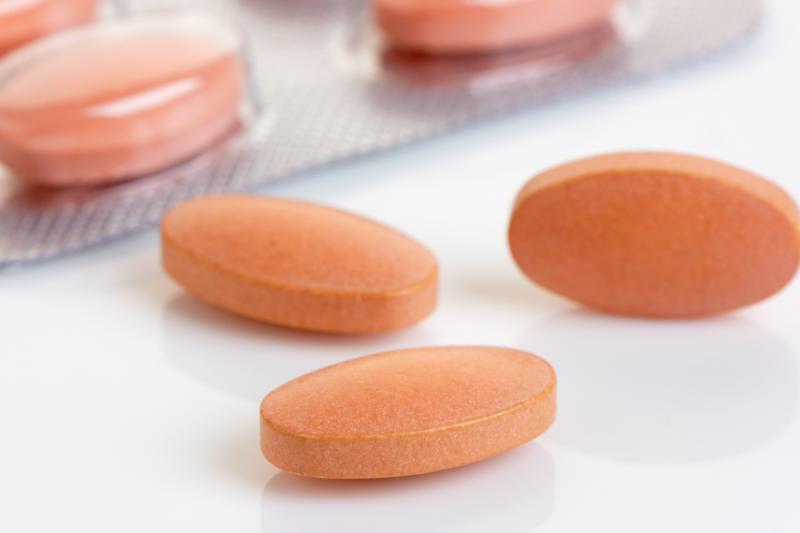
Routine evaluation using lipid panels improves adherence to statin medication among patients with atherosclerotic cardiovascular disease, a new study reports.
Researchers enrolled 813,887 patients who were on statin therapy, of whom 52,583 were new statin users. Adherence to medication was determined using medication refill data and evaluated by proportion of days covered (PDC). Those on multiple statins, with unknown medication dosage and who had limited life expectancy, were ineligible.
At the index visit, majority of the participants (43.9 percent) were on moderate-intensity statin therapy; 23.9 percent were receiving high-intensity therapy, while only 8.8 percent were on low-intensity statins. The mean number of panels ordered was 1.54±1.04 per patient. More than 20 percent of patients were not on any statin therapy.
The mean PDC for all patients on statins during the study period was 79.9±24.6 percent, and 65.5 percent had PDC ≥80 percent. Disaggregation of the analysis found that the rate of PDC ≥80 percent was significantly greater in those with at least one lipid panel than those without (66.0 percent vs 61.2 percent; p<0.0001).
A total of 131,595 patients required a change in statin dose over the study duration. In these patients, the rate of PDC ≥80 percent remained significantly elevated in those who had undergone lipid panel monitoring within 4–12 weeks of the dose adjustments (66.3 percent vs 61.8 percent; p<0.0001).
This pattern of effect on PDC ≥80 percent remained significant even when analysis was restricted to the new statin users (with vs without lipid panel: 58.6 percent vs 49.8 percent; p<0.0001).